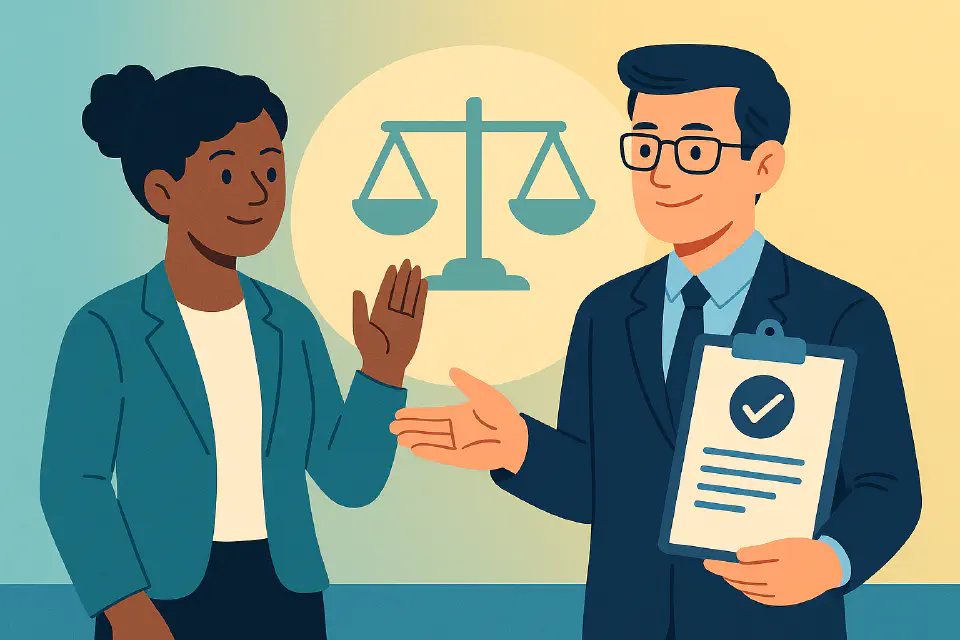
Fair Treatment & Ethical Leadership
Leaders don’t just enforce fairness—they model it. HR must champion systems that treat people with consistency and respect.
What Is Fair Treatment?
It’s not about identical treatment—but equitable, consistent, and transparent processes. Fairness is both procedural (how decisions are made) and distributive (what outcomes are reached).
Why Fairness Matters in HR
- Builds employee trust and engagement
- Reduces risk of discrimination or grievance
- Reinforces ethical behavior across management
- Improves perception of HR’s credibility
- Boosts retention, especially among underrepresented groups
According to Gallup, perceptions of fairness are among the top 3 drivers of employee loyalty globally.
Ethical Leadership: A Cornerstone of Fairness
Leaders shape culture through:
- Decisions they make (and how)
- Behavior they tolerate
- How they treat dissent or criticism
Key Attributes of Ethical Leaders
| Attribute | What It Looks Like in Practice |
|---|---|
| Integrity | Admits mistakes, resists shortcuts |
| Transparency | Explains decisions and trade-offs |
| Consistency | Holds all employees to the same standards |
| Humility | Seeks feedback, welcomes challenge |
| Courage | Acts against misconduct, even when risky |
HR’s Role in Promoting Ethical Leadership
1. Recruitment and Promotion
- Assess ethics and values during interviews
- Promote based on behaviors—not just performance
- Include peer or 360° feedback
2. Performance Management
- Integrate fairness and ethics into review criteria
- Recognize inclusive, courageous leadership
- Address power abuse explicitly
3. Leadership Development
- Scenario-based ethics training
- Coaching for difficult decisions
- Peer discussion groups or ethics forums
Systems That Support Fairness
- Clear job levels and pay bands
- Objective promotion criteria
- Transparent disciplinary procedures
- Access to appeals or second opinions
Fairness is not just behavior—it’s infrastructure.
Barriers to Fairness
- “Manager discretion” without guardrails
- Hidden criteria or moving goalposts
- Favoritism, especially in small teams
- Lack of data (e.g. gender or racial impact analysis)
Measuring Perceptions of Fairness
- Pulse surveys with questions like:
- “I feel I’m evaluated based on clear criteria.”
- “I understand how decisions affecting me are made.”
- Analyze by team, level, and demographic
- Share results and act on findings
Ethical Dilemmas: What HR Can Do
- Provide a confidential space to raise concerns
- Escalate patterns of unethical leadership
- Coach managers who unintentionally cause harm
- Create guardrails and review points in key decisions
Final Thought
Fairness and ethics aren’t “soft” HR—they’re structural forces that determine who thrives and who suffers.
HR must defend them at every level—from systems to everyday leadership decisions.
📂 Categories:
HR Essentials